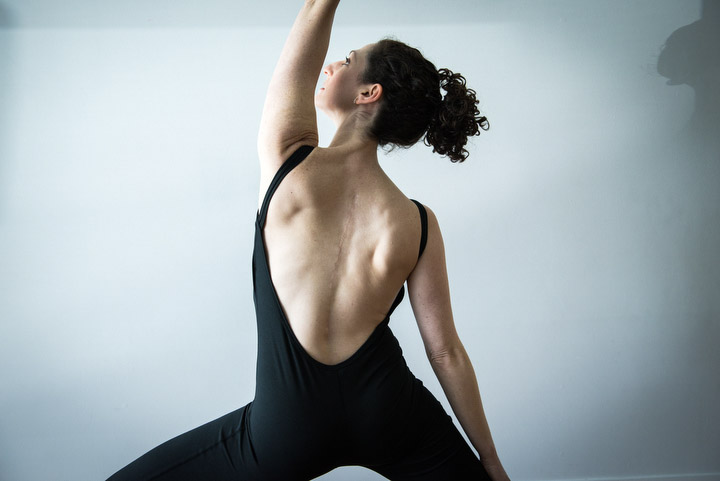The transition home from the hospital after scoliosis spinal fusion surgery can be a daunting one, but preparing with some adaptive equipment can make the transition smoother!
I polled our Forever Fused facebook community to find out what types of equipment proved to be the most helpful after surgery and here is what came up:
1. Elevated Toilet Seat - It will be a while before you can sit comfortably on a lower seat, so elevating the toilet seat and having handbars is super helpful!
2. Reacher - to pull up bed sheets, or reach to get something off the floor or on another surface.
3. Sock Aid - if you want to take the time to put on socks! Otherwise slip on shoes will be the way to go.
4. Bed Rail - to help with transfers in and out of bed
5. Lumbar pillow - you might need this one for a while, both in the car and for sitting elsewhere
6. Extended handle razor - for women to shave the legs as bending forward is difficult for a while after spinal fusion
7. Shower Seat - depending on your endurance, sitting for showering might be more comfortable in the first few weeks after surgery
8. Soft, seamless, easy to pull on clothing and slip on shoes! Use the reacher to hook pants and undergarments to put feet through and pull up using the reacher / dressing stick.
9. Squatty Potty - to help with the GI side effects of pain medication
10. Body Pillow - for bed positioning comfort
11. Back Scratcher - because healing itches!

